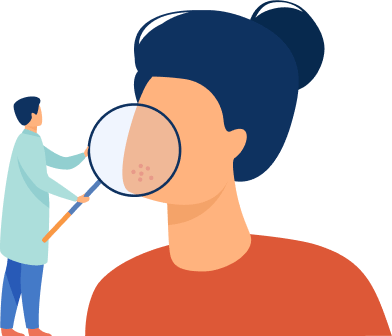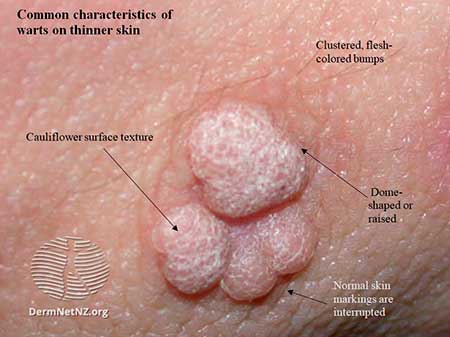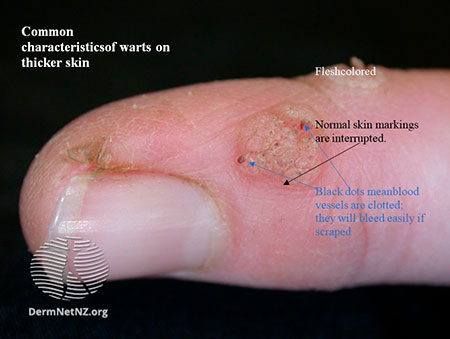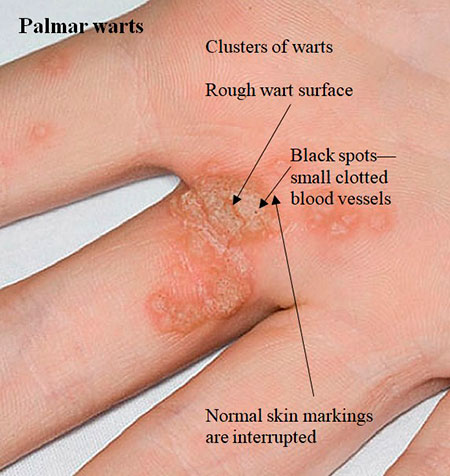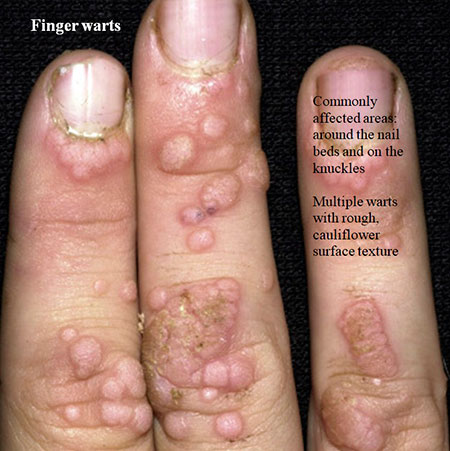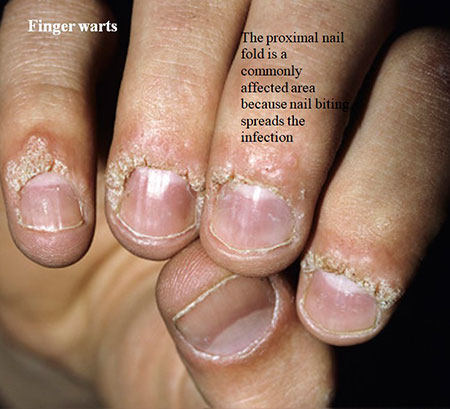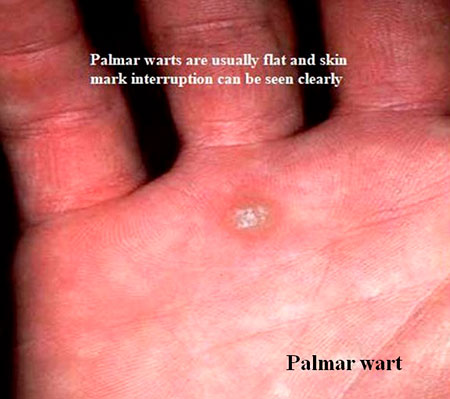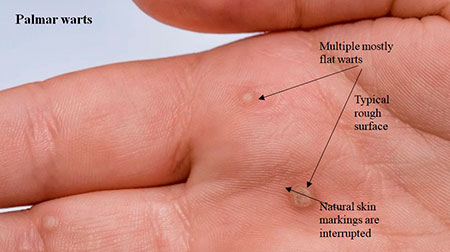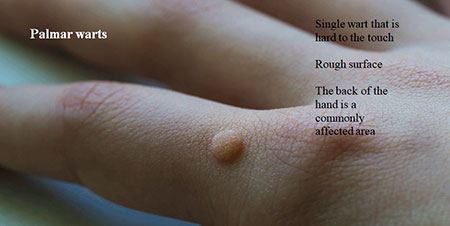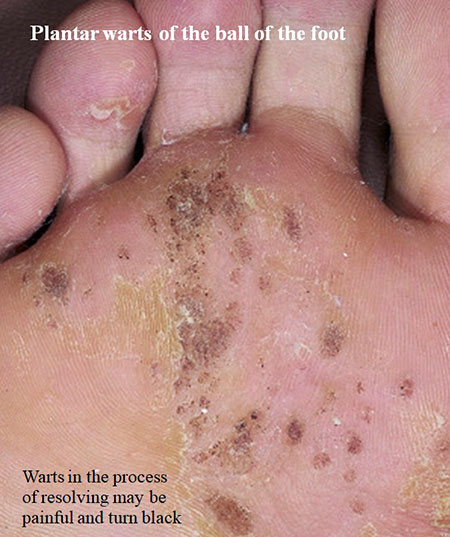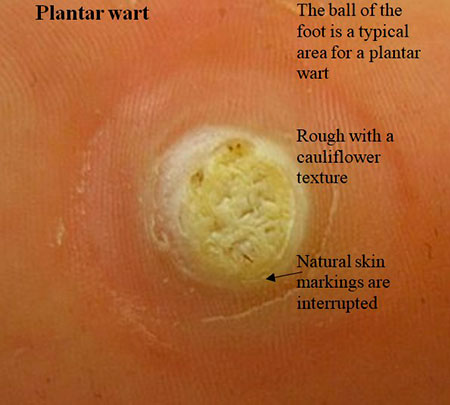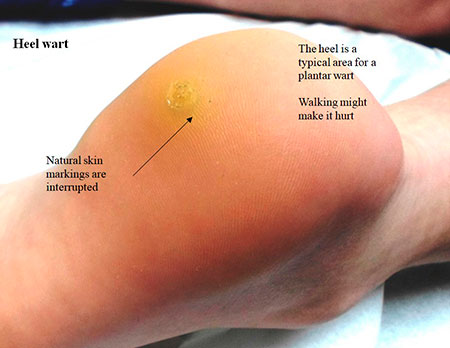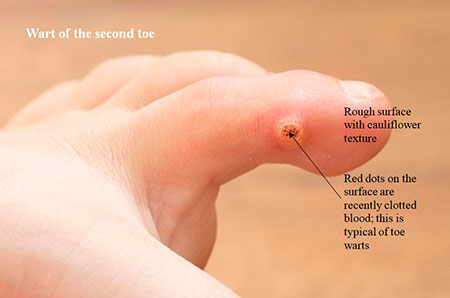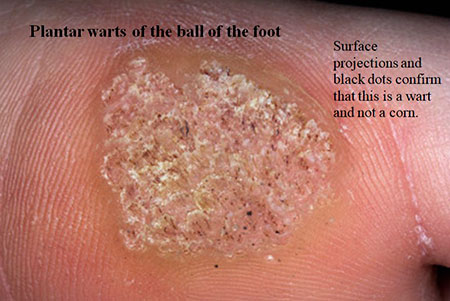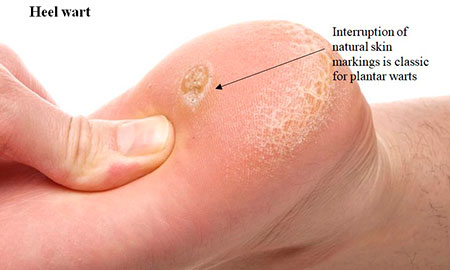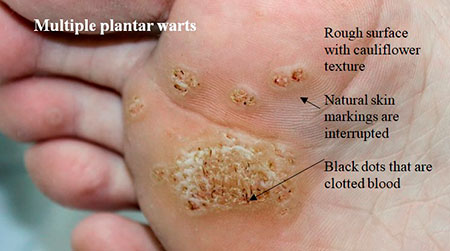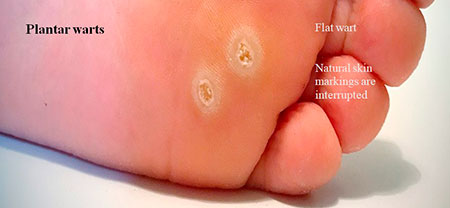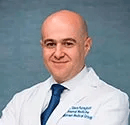> ARTICLES
Warts: general overview
This is a brief overview of warts before we look at the pictures.
How warts infection occurs
HPV, or warts, is primarily acquired through direct skin-to-skin contact.
[1, 3]
Genital warts
https://www.nhsinform.scot/illnesses-and-conditions/sexual-and-reproductive/genital-warts
Prevalence of HPV in Adults Aged 18–69: United States, 2011–2014
https://www.cdc.gov/nchs/products/databriefs/db280.htm
Transmission via the environment (towels, toilet seats, etc.) has been proposed but has not been proven.
Macerated (wet) skin and skin with minor traumas (skin allergies) are preferred by the virus for initial penetration.
Wart’s incubation period
The incubation period is the time between transmission and when the warts become visible, and it can last two to six months. [2] Genital warts https://www.ncbi.nlm.nih.gov/books/NBK441884/
Most HPV manifests right after sexual activity and goes away, although in some cases HPV infection can stay on the skin and may reactivate years later.
The chance of getting warts
Warts are easily transmittable by direct skin-to-skin contact. The infection rate from one-time contact with an infected person is 70%.
Wart’s information by gender and sexual orientation
✓ 2.9% of the US male population has genital HPV DNA
[3, 5]
Prevalence of HPV in Adults Aged 18–69: United States, 2011–2014
https://www.cdc.gov/nchs/products/databriefs/db280.htm
HPV and men-fact sheet.
https://www.cdc.gov/std/hpv/stdfact-hpv-and-men.htm
✓ Males have a higher chance of reinfection with genital warts throughout their life than females do.
✓ The burden of anogenital HPV infection is highest amongst MSM, particularly HIV-positive MSM.
Types of warts
There are over 100 HPV virus types with over 200 subtypes.
Some strains tend to infect specific body parts:
✓ Flat warts (which commonly affect the face and tops of the hands) are caused by types 3, 10, and 28.
✓ HPV type 1 (the most common), followed by types 2, 3, 4, 27 and 57, mostly affects the soles of the feet (causing plantar warts) and palms of the hands.
✓ HPV types 6 and 11 cause 90% of all genital warts. Thirty other subtypes can also cause genital warts. [4] Anogenital Warts https://www.cdc.gov/std/treatment-guidelines/anogenital-warts.htm
Some high-risk HPV types associated with malignancy include types 6, 11, 16, 18, 31, and 35.
How to recognize skin warts
Before looking at warts on various body parts, let’s learn how to recognize them.
The appearance of a wart depends on what type it is and the body partit’s affecting.
For example, flat warts look different from filiform warts and warts affecting thinner skin, such as the penile shaft, vagina, and scrotum, look different from warts affecting the thicker skin of the palm and especially the soles of the feet.
Let’s look at characteristics that most warts share:
✓ Warts can present as a solitary wart, but more commonly we see multiple warts located in clusters in adjacent skin areas.
✓ Warts start as flesh-colored bumps that can turn darker over time.
✓ Warts do not cause pain; they may cause minimal itch and discomfort.
✓ An individual lesion (or growth) is usually dome-shaped or raised.
✓ Cauliflower texture
✓ Wart’s interrupt or obscure normal skin markings (lines).
✓ Cauliflower texture
✓ Black dots can appear on the surface of warts. This is a sign of thrombosed (clotted) blood vessels. They might bleed easily when the top layer is scraped.
Now let’s look at two pictures of warts that show warts on two different skin types: thin (e.g., face, penis, vagina) and thick (e.g., palms and feet).
Contents

Facial skin warts photos
Facial warts can be of two types: flat and filiform.
[11]
Flat warts
https://my.clevelandclinic.org/health/diseases/24337-flat-warts
They are caused by different HPV viruses.
Flat warts are more common than filiform warts.
Let’s talk about each type separately.

Photos of oral warts
Forty HPV strains (of 100 known strains) can cause oral warts.
About 7% of Americans have oral HPV. Usually, oral HPV is contracted via oral-to-genital sex or kissing. On average, it takes 3 to 6 months for HPV to become visible.
Most oral warts are benign, but about 1% of them (caused by HPV-16) can lead to oral cancer.
[8]
Oropharyngeal Human Papillomavirus (HPV) Infection
https://my.clevelandclinic.org/health/diseases/15010-oropharyngeal-human-papilloma-virus-hpv-infection
Most people that contract these warts are asymptomatic because the immune system can wipe out the virus before it causes symptoms. But about 10% of males and 3.6 % of females develop signs of oral HPV. [9] HPV-Related Papillary Lesions of the Oral Mucosa: A Review https://www.ncbi.nlm.nih.gov/pmc/articles/PMC6405797/
The most significant clinical feature of oral HPV is slightly elevated flat, white lesions with a frankly warty appearance. They are painless and slow growing.
The most commonly affected areas are the lips, soft palate at the back (or roof) of the mouth, and tongue.

Genital warts
More than 40 strains of HPV affect the genital area. HPV-6 and HPV-11 is the most common (90% of all cases).
[4, 12]
Anogenital Warts
https://www.cdc.gov/std/treatment-guidelines/anogenital-warts.htm
Genital warts
https://my.clevelandclinic.org/health/diseases/4209-genital-warts
Genital warts are almost always sexually transmitted via skin contact. There is a 70% chance of contracting this condition from one sexual contact with an infected person. Warts do not need to be visible for transmission to occur.
Only 1% of infected people get visible warts, and it might take 6 weeks to 6 months for the warts to be visible. Most visible genital warts are benign and get better over time. [5] HPV and men-fact sheet. https://www.cdc.gov/std/hpv/stdfact-hpv-and-men.htm
The appearance of genital warts varies:
✓ Color can range from flesh colored to light and pearly to dark brown.
✓ Surface may be smooth or rough.
✓ Usually clustered but can be singular.
The most commonly affected areas are those not covered by a condom:
✓ In males, the pubic area, base of the penis, penile shaft, and scrotum
✓ In females, the pubic area, vulva, and vagina opening.
✓ Anus
Let’s look at photos of warts on each body part.

Palmar warts
Children and teenagers are more commonly affected by palmar, or hand, warts. But people can get them at any age.
Transmission occurs through direct skin-to-skin contact or by sharing objects such as towels and wash cloths. The chance of contracting palmar warts from another person through direct contact is extremely low. The risk of infection varies and depends on the person’s immune system.
Palmar warts can be solitary or grow in clusters (in which they’re called mosaic warts). They are flesh colored and usually between the size of pinhead and a pea. They are hard to the touch and might have black dots, which are tiny blood clots.
The virus spreads through breaks in the skin, so the most commonly affected areas are the back of the hand, between the fingers, and around the fingernails.
Now let’s look at photos of palmar warts.
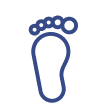
Plantar warts
About 10% of people get plantar warts in their lifetime. It’s usually kids who are affected. These warts spread through direct contact or by touching a surface (especially if it is warm and wet) with HPV on it. [13] Plantar warts https://www.mayoclinic.org/diseases-conditions/plantar-warts/symptoms-causes/syc-20352691
Unlike in other areas, plantar warts can hurt or cause discomfort.
Plantar warts can be dark pink, yellow, brown, purple, or gray. Their surface is usually rough and thick and resembles cauliflower. Black dots on the surface are dried blood clots.
The most common area where plantar warts occur is the ball of the foot, the heel, and between the fingers.
Now let’s look at photos of the most common palmar warts.
